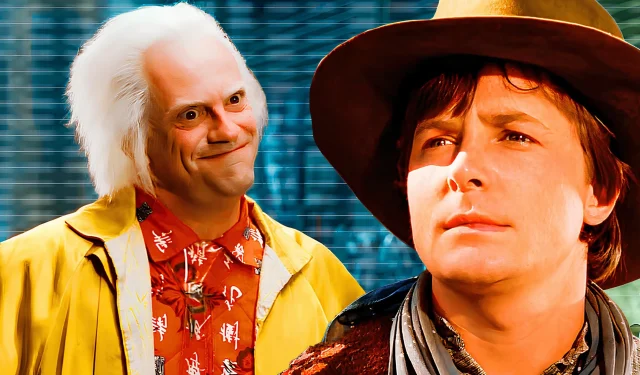
The anticipation for Back to the Future Part III was short-lived, especially for devoted fans who eagerly followed the journey of the time-traveling duo, Marty McFly and Doc Brown. Created by the famous team of Robert Zemeckis and Bob Gale, this iconic franchise stars Michael J. Fox and Christopher Lloyd as they navigate a myriad of challenges across different eras. The saga sees Marty and Doc traveling to various timelines, including the intriguing year of 1885 in Back to the Future Part III.
Beginning directly after the events of Back to the Future Part II, this final installment focuses on Marty’s determined efforts to rescue Doc, who has become trapped in the Old West. However, upon arrival, Marty soon learns that the complexities of their time-traveling adventures are far greater than he initially anticipated. Ultimately, the third film brings the beloved franchise to a satisfying conclusion, with Zemeckis, Fox, and Lloyd not returning for any additional projects within this world—a testament to the immense effort required to create the second and third entries.
Filming Back to Back: A Strategic Move
Consecutive Production of Both Films
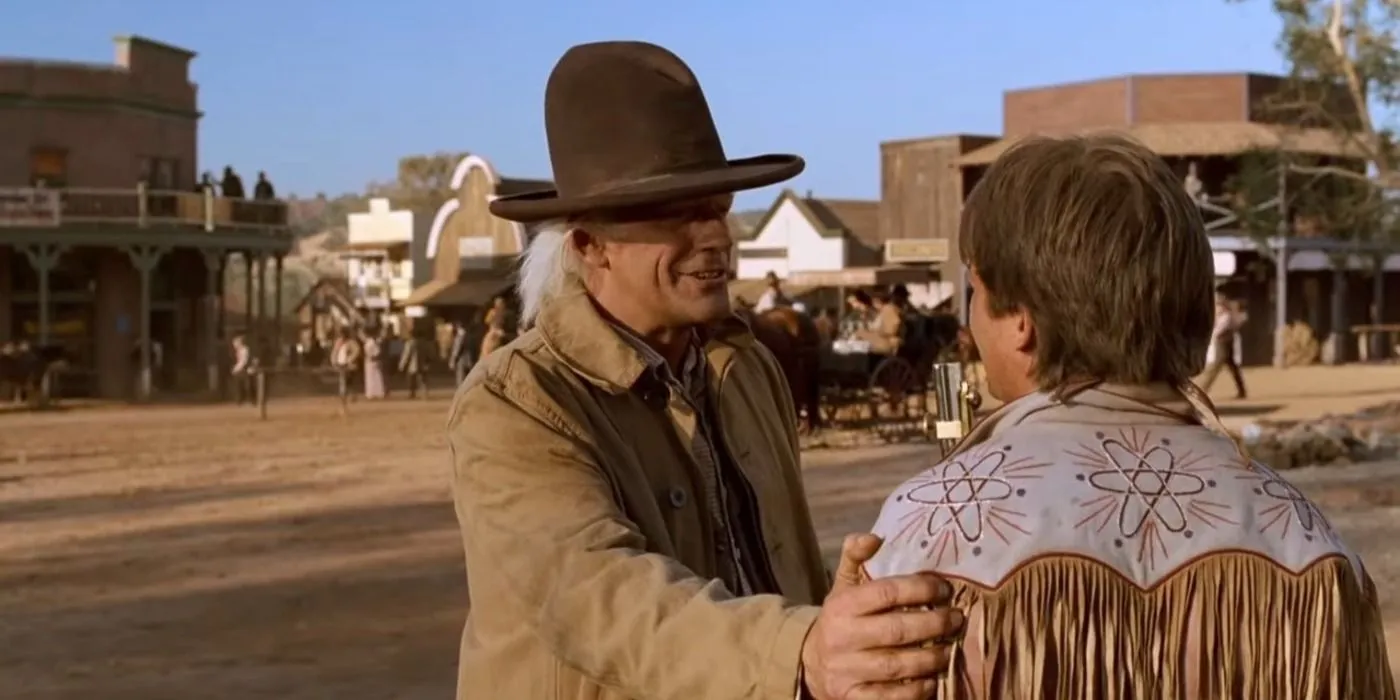
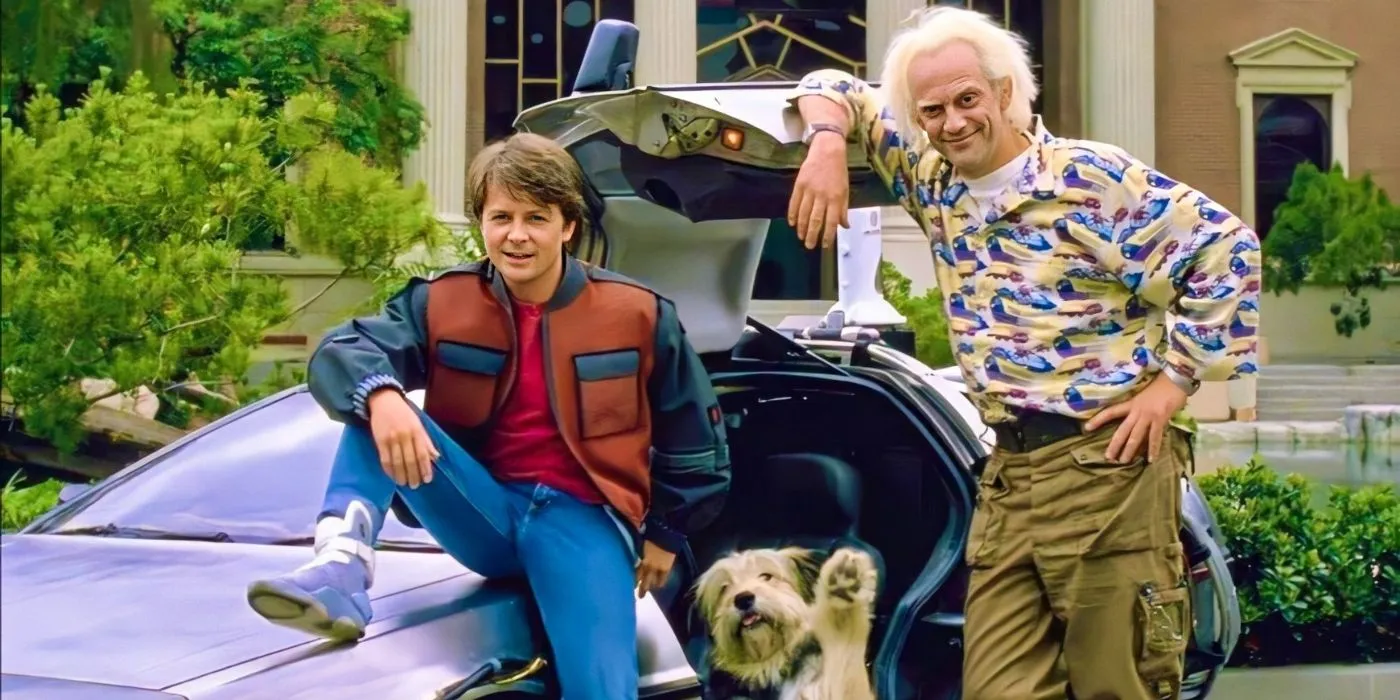
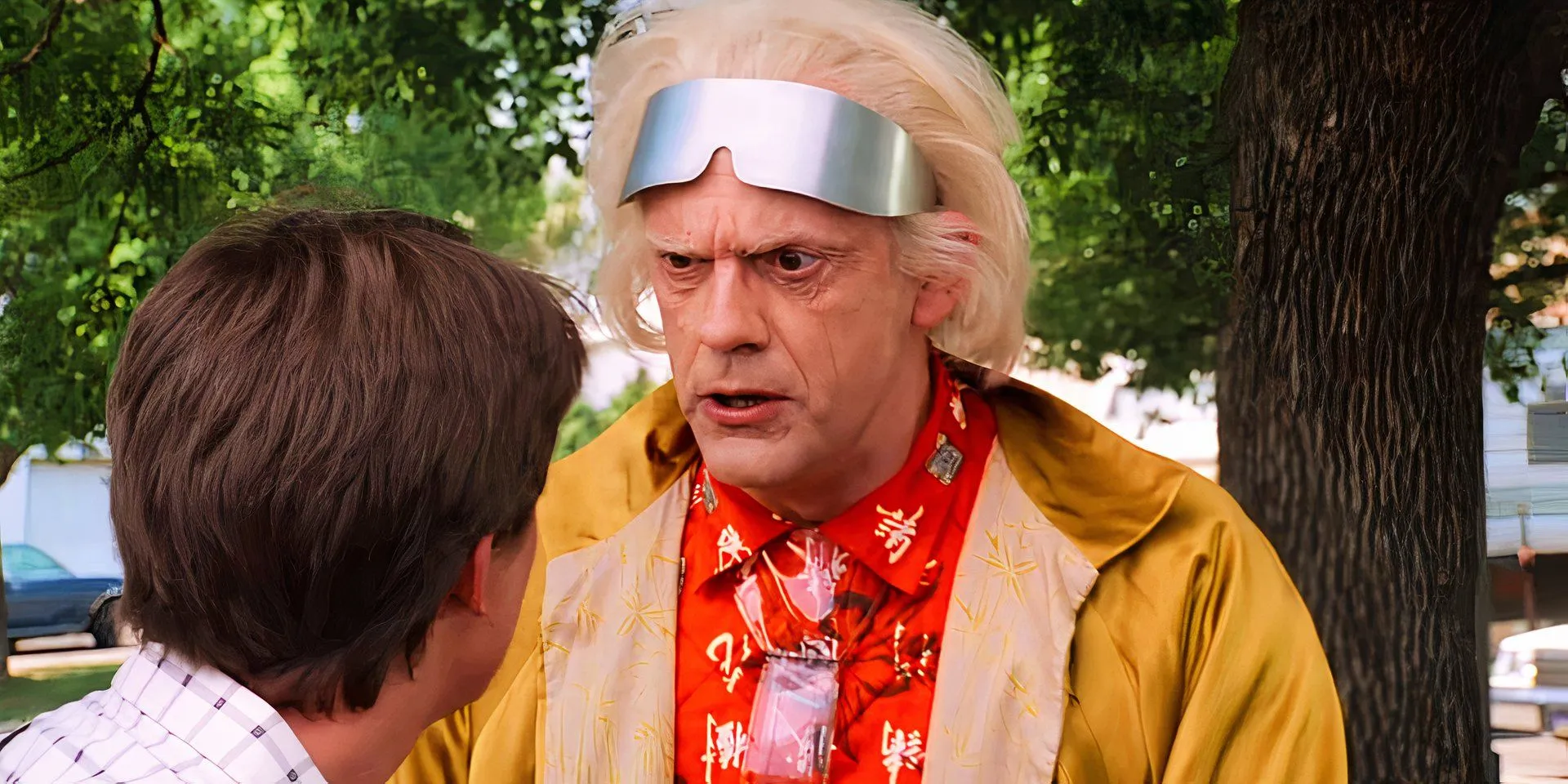
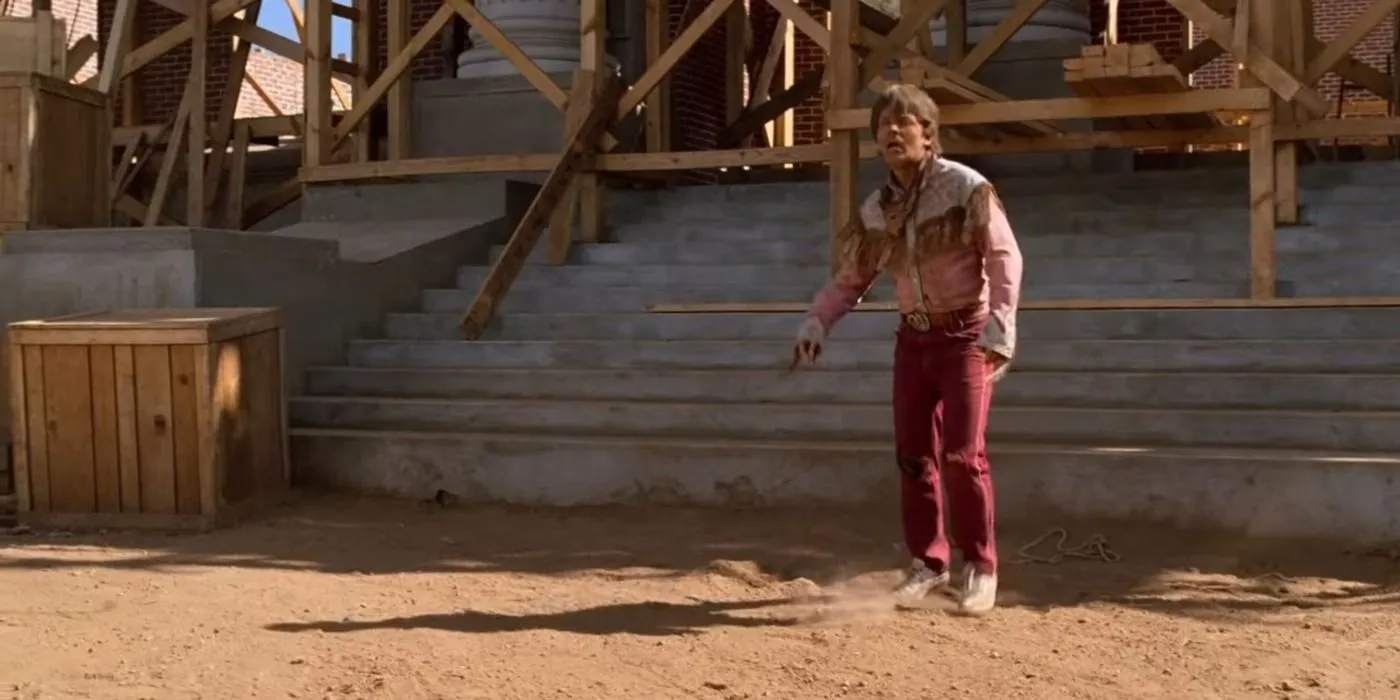
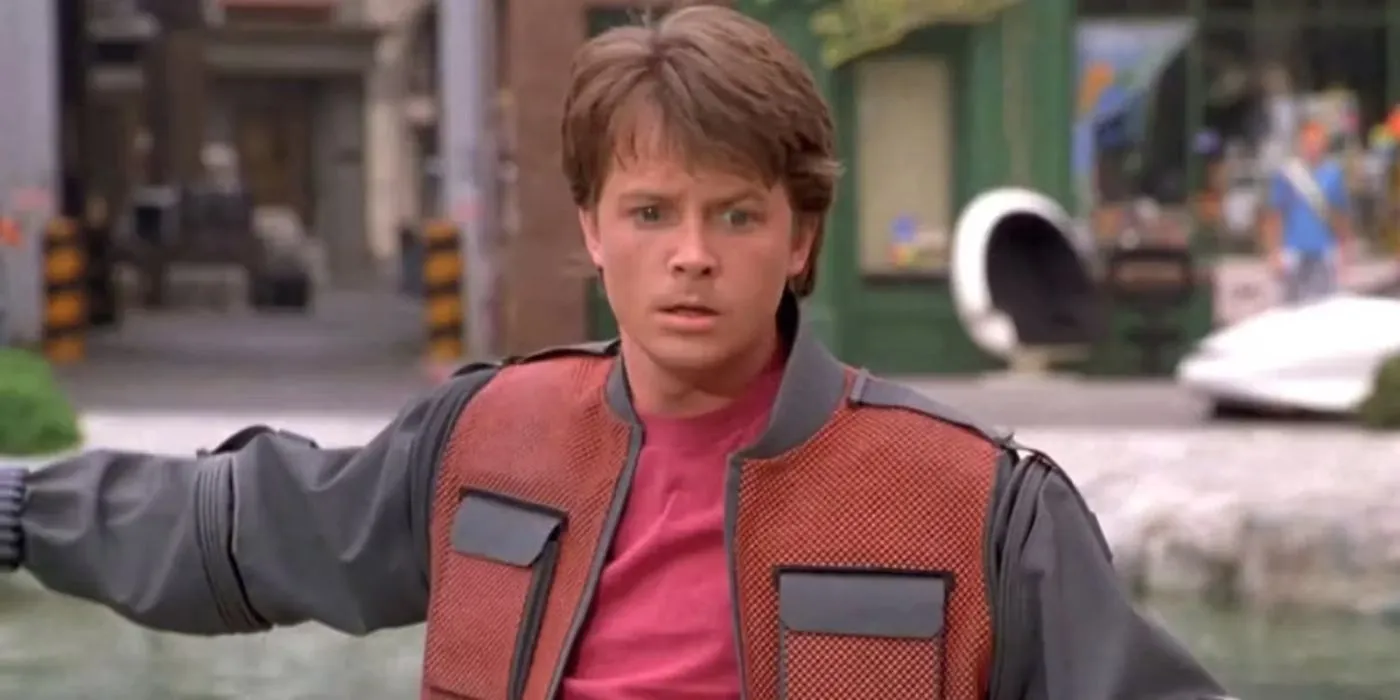
Rather than splitting the productions into separate filming schedules, Zemeckis and the team opted to shoot Back to the Future Part II and Part III consecutively. This approach not only streamlined the filmmaking process but also helped reduce costs—a common strategy in the industry. Numerous films, such as The Hunger Games: Mockingjay series, Avengers: Infinity War and Endgame, and The Matrix sequels, have utilized this method to enhance efficiency.
| Title | Release Date | Box Office Gross | Rotten Tomatoes Score |
|---|---|---|---|
| Back to the Future | July 3, 1985 | $388 million | 93% |
| Back to the Future Part II | November 22, 1989 | $332 million | 63% |
| Back to the Future Part III | May 25, 1990 | $245 million | 79% |
The success of the original Back to the Future in 1985 left Universal Studios eager for more content. Due to the lengthy duration of the sequel’s script, the decision to create a trilogy was made, as detailed in a piece by The Guardian. This unique situation led to the decision to film both sequels simultaneously, explaining why Back to the Future Part III was released just months after the second installment.
Understanding the Delay Between Installments
Lengthy Pre-Production Phase
Although Back to the Future Part III followed rapidly on the heels of Part II, the gap between the first and second films was considerably more prolonged. Audiences experienced a four-year wait for the sequel, a delay that can be attributed to the extensive time needed for script development and the construction of elaborate filming sets. Ensuring that everything was set for back-to-back shooting was critical, with principal photography commencing in early 1989 and concluding in time for the release of both films within months of each other.
Source: The Guardian




Leave a Reply